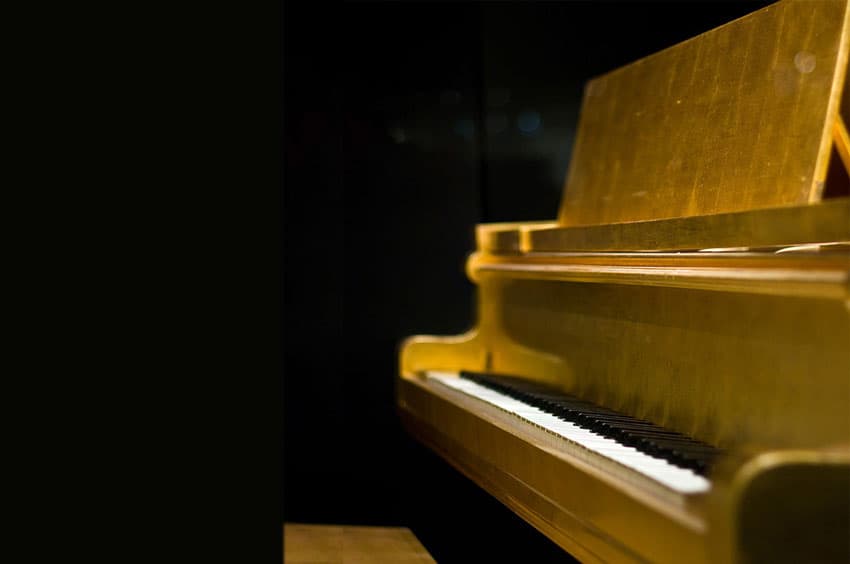Test Your Skill with Challenging Classical Piano Music!
Maybe you’re looking to pick a piano recital piece that’s sure to receive a standing ovation. Perhaps you want to impress friends at a impromptu dinner party session. Or, you could be on the hunt for a personal challenge, classical piano music that will improve your finger dexterity or speed. Well,

Maybe you’re looking to pick a piano recital piece that’s sure to receive a standing ovation. Perhaps you want to impress friends at a impromptu dinner party session. Or, you could be on the hunt for a personal challenge, classical piano music that will improve your finger dexterity or speed. Well, you’ve come to the right place!
How difficult a classical work, or any piano piece, is to play can be interpreted many ways. Perhaps speed is a particular challenge for one pianist, while ornamentation is more demanding on someone else. Here at Musicnotes, we’ve opened up and explored our own portfolios to present to you works that have tested our skill, dexterity and/or patience on occasion.
When it comes to balancing dramatic expressions with masterful control, perhaps no work is as dubious as Rachmaninoff’s “Prelude V in G Minor – Opus 23, No. 5.” Or, download and play Brahms’ elaborately forlorn “Intermezzo in A Major; Opus 118 No. 2,” the stylistically (and semantically) complex “Sonata No. 8 Op. 13 “Pathetique”: I. Grave Allegro Con Brio” by Beethoven, and hone your discipline with Debussy’s detailed chromaticism and syncopation in “Etude V. pour les octaves.”
On the other hand, so to speak, the arduous tempo of certain masterpieces makes them inherently challenging for many of us. Such works as Bach’s “Prelude and Fugue No. 21 in Bb Major, BWV 866” and Chopin’s “Grand Valse Brillante Opus 18” try our agility with quick, delicate melodies and demanding repeated notes.
Similarly, well-known standards like “Hungarian Rhapsody No. 2,” with its exciting pacing and sheer magnitude, and Rimsky-Korsakov’s frantically speedy “The Flight of the Bumblebee” test perseverance and finger dexterity. But once learned, your performance of these selections is guaranteed to impress at social gatherings!
Looking for more skill-building classical piano music? Musicnotes has a great array of value-filled collections meant to help your playing technique! Consider Hanon’s “The Virtuoso Pianist,” a piano student staple focusing on finger speed, agility, strength and wrist flexibility. Or play Bach’s Two-Part Inventions, 15 short exercises meant to teach contrapuntal style and classical technique.
Have you been working on a piece that’s especially challenging? Do you have a go-to work that always garners cheers at recitals or gatherings? Share your technical feats with us in the comments below!

